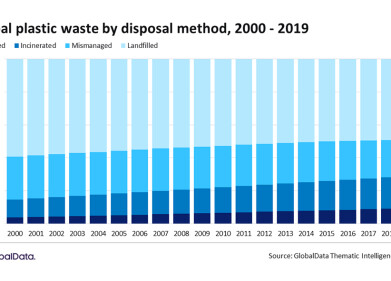Fuel for Thought
Russian Oil Output Hits 30-Year High
Apr 11 2016
Ahead of an upcoming Doha meeting that could radically influence the future of global oil markets, Russia has announced that its current output has hit a 30 year high. In March, Moscow confirmed that production had spiked by 0.3% to reach 10.91 million barrels per day. This represents productivity that hasn’t been seen in almost 30 years. In tonnes, this is 46.149 million a month. Compared to February’s 43.064 million, it’s a significant increase.
While it’s good news for Russia’s oil economy, it has sparked questions over whether or not Moscow would be willing to commit to a proposed output freeze, a topic that will likely dominate conversation at April’s upcoming producers' meeting in Doha. The goal is to discuss how the immobilisation of oil output could support the volatile global oil market, and help to stabilise prices. In attendance will be members of the 13-nation Organization of the Petroleum Exporting Countries, as well as non-members such as Russia.
Will Russia play ball?
With the April 17 talks just days away, some analysts are forecasting that Russia could cause trouble when it comes to signing on. Currently, the nation’s output is at levels that haven’t been seen since 1987. As a result, some industry observers maintain that committing to a production cut wouldn’t be an attractive option. As large domestic companies such as Rosneft, Lukoil and Gazprom currently dominate the national market, it could be difficult to coerce them into a freeze.
Meanwhile, Russian Energy Minister Alexander Novak has openly stated that the production highs won’t be an issue. Whether or not he honours these comments is yet to be seen.
A freeze not in everyone’s best interests
With new data also indicating that Iranian oil exports are on a steady climb, analysts are warning that Russia may not be the only nation in opposition of a freeze. Recently lifted sanctions have opened new doors for the Islamic republic, and a freeze would stop progress in its tracks.
The petrochemical industry is a major oil consumer, and will likely fuel demand for both Russian and Iranian exports. ‘The Indispensable Analytical Tool in Petrochemical Laboratories for Quantitative Trace Element Analysis’ looks at the production process in further detail, with a focus on the use of XRF. Using wavelength dispersive X-ray fluorescence spectrometry, it generates precise data that ensures a high quality product, optimal engine performance and greener operations.
Digital Edition
PIN 25.2 Apr/May
May 2024
Safety - Carbon monoxide toxic and flammable gas detection Analytical Instrumentation - Density: A fundamental parameter at critical stages within the petroleum sector - Advancements and...
View all digital editions
Events
Jul 10 2024 Birmingham, UK
Thailand Oil & Gas Roadshow 2024
Jul 11 2024 Rayong, Thailand
Jul 20 2024 Denver, CO, USA
Jul 21 2024 Cape Town, South Africa
Jul 24 2024 Bogata, Colombia


















